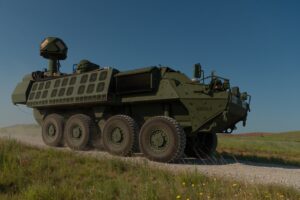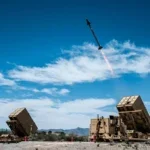
The House Armed Services Committee is seeking information from the Army on the acquisition strategy for its Stryker-mounted 50-kilowatt laser effort, citing the program’s recent successes during prototype testing. The committee adopted an amendment from Rep. Pat Fallon (R-Texas) during the markup of its fiscal year 2023 National Defense Authorization Act on Wednesday signaling support for the Directed Energy Maneuver-Short Range Air Defense (DE M-SHORAD) capability while calling for insight into the Army’s plans for transitioning the system into a…

 By
By 










